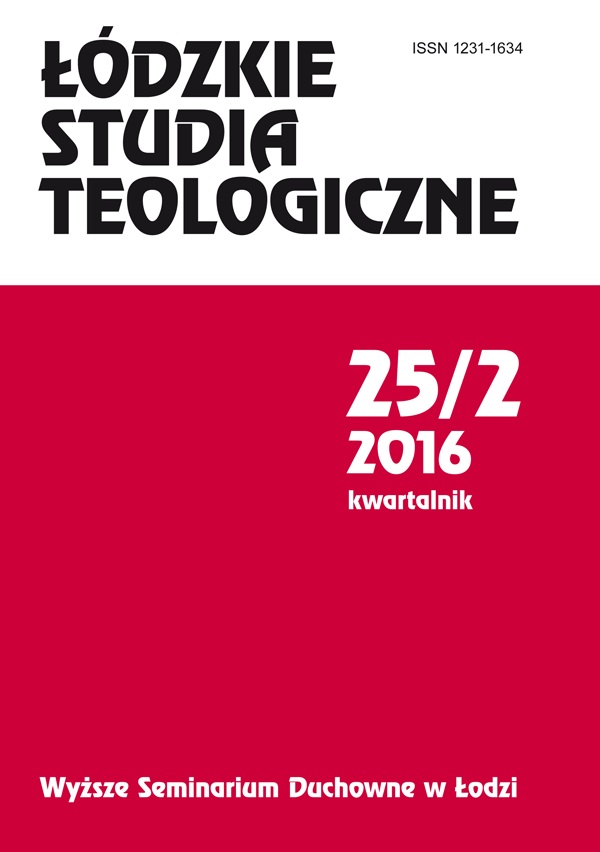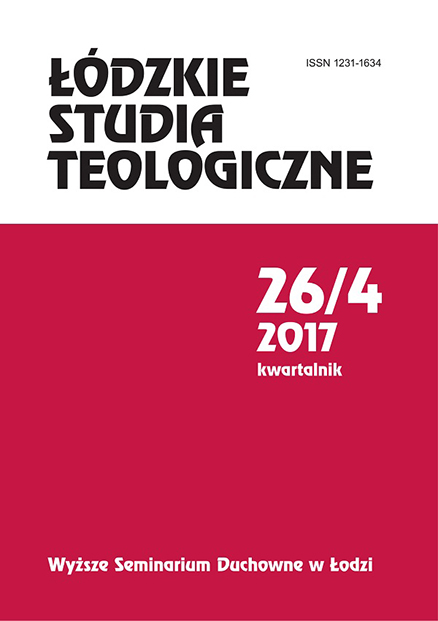Author(s): Miloš Stanković / Language(s): Serbian
Issue: 3/2017
The Code of Hammurabi does not include any provisions that could be qualified at least as the traces of the formation of last will as a legal transaction by which a person fulfilling the prescribed requirements, directly and unilaterally, in the form envisaged by the law, without consideration and with the possibility of revoke, disposes of his/her estate in case of death, in terms of the changing of the custom or law-intended scope of his/her heirs or changing the amount of their inheritance quota. First of all, the limitation of the scope of persons who could have an active testamentary capacity to God-devoted temple-maids and templevirgins only, in particular to the devoted temple-maids and temple-virgins of the temple of the Marduk of Babylon, regardless of the privileged social and legal status they had, is not enough to draw a general conclusion about the possibility of bequesting. Secondly, the absence of any precisely arranged form for possible disposal in the case of death in the Code of Hammurabi Articles 179 and 182, as well as the dilemma whether such disposals were with or without consideration, are not in concordance with the legal nature of the last will. Finally, the failure to mention the possibility to unilaterally modify or revoke such disposal until the moment of death, is another argument for the assertion that the idea of the freedom of testation was still not in its infancy at the time.
Although the insistence on the existence of all, or even most of the necessary elements of the legal nature of the last will in the Code of Hammurabi, would at first glance appear to be an anachronism, one should not forget that these contemporary features of the legal nature of last will are familiar with the Roman law from their very first testamentary forms − most of them being familiar with the Ancient Greek law as well, through the testamentary legacy and the testamentary adoption. Bearing in mind the entirety of the Code of Hammurabi, it can be said that it is more familiar with the beginnings of the contractual inheritance (contractual legacies, to be more precise), i.e. the consensual arrangement of the legal destiny of precisely certain parts of the estate of certain categories of persons after their death, for which, as a proof, there primarily are nudunu and donatio mortis causa. It is quite in accordanve with the hypothesis that in almost all civilizations the bilateral disposal of property in the case of death has preceded the unilateral ones.
Despite the innovative role in creating Article 182 of the Code of Hammurabi, the absence of last will in this codex was confirmed both by the combined application of the comparative and historical method, as well as the systematic interpretation and the interpretation by purpose of the Code of Hammurabi itself. None of the codes, spatialy and civilizationally speaking, close and similar to the Code of Hammurabi, as well as none of the codes that are related to it in terms of the level of social and legal development, such as the Ur-Namu Code, the Lipit-Ishtar Code, the Central Syrian Laws, the Hittite Laws, or the Law of Moses, are fimiliar with the roots of a legal transaction which could be qualified as a last will. Bearing in mind that the very content of the Code of Hammurabi is a combination of existing customs in the area between Tigris and Euphrates and the innovating ambitions of the legislator, the absence of clear indications of the freedom of an individual to unilaterally regulate the future of his/her estate in the case of his/her death, indicates that the Babylonian law of the emperor Hammurabi had not yet reached the level of the necessary development for the affirmation of this legal transaction.
On the other hand, we should not overlook the fact that the Code of Hammurabi had an appropriate systematics – truly enough, not in the spirit of the modern time, but certainly in the manner of understanding the way of how to present legal matters in the time the Code was created. If things are perceived in this way, it is clear that both Article 182 and Article 179 actually constitute a part of the corpus of norms that sought to ensure the maintenance to devoted temple-maids and priestesses, depending on whether they received the dowry from their fathers or not, regardless to the fact of their living in the temples or somewhere else. It seems that in this family-law context, not in an inheritance-law one, in the sense of guaranteeing the provision of livelihoods and not unilateral management of the inherent legal consequences of one’s own death, it is necessary to consider not only the authority of the priestesses in the temple of the Marduk of Babylon, which in Article 182 of codification is expressed in words that „Marduk may leave her estate to whomsoever she wishes“, but also the similar authority that is guaranteed in the article 179 of the Code, which states: „If a „sister of a god,“ or a prostitute, receive a gift from her father, and a deed in which it has been explicitly stated that she may dispose of it as she pleases, and give her complete disposition thereof: if then her father die, then she may leave her property to whomsoever she pleases.“ The reason for the special attention paid in the Code to Marduk’s priestesses should be sought not only in the fact that these God-devoted women were women of a higher social status who enjoyed great reputation for the work they did, but also in the fact that Marduk was the supreme authentic Babylonian deity that pushed out the previous gods, and was in need to legally obtain authority.
More...











